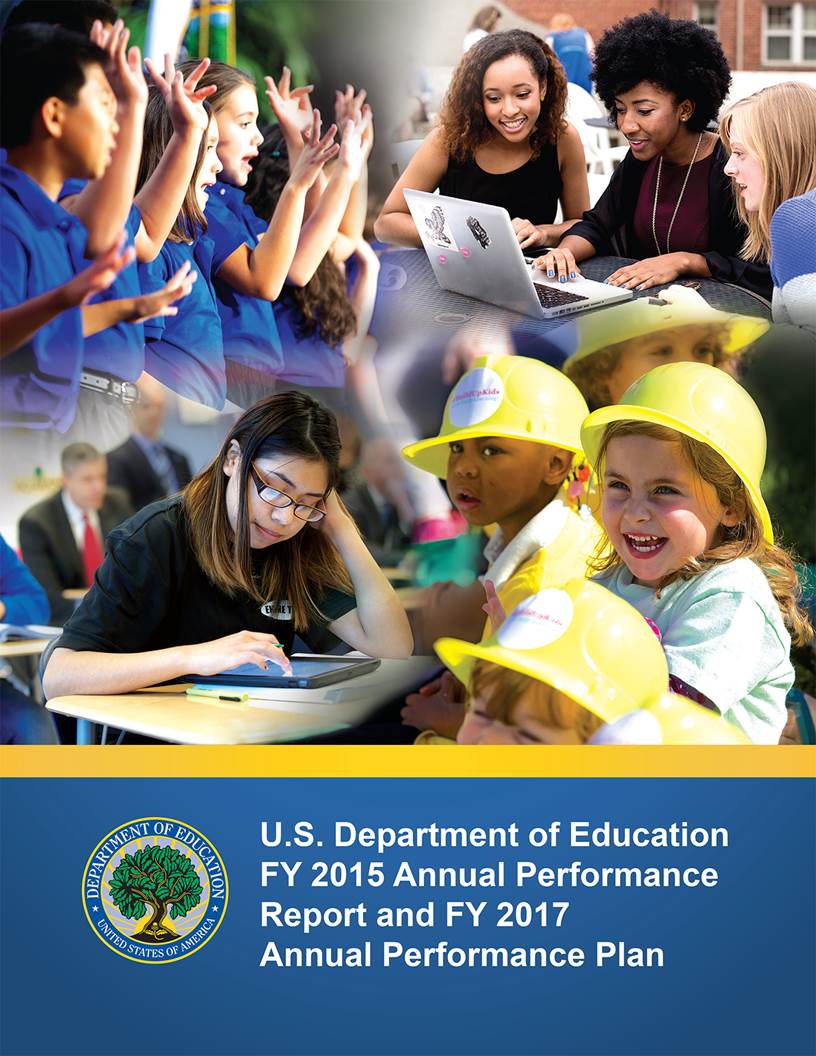- Home
- Agencies
- Department of Agriculture
- Department of Housing and Urban Development
- General Services Administration
- Department of Commerce
- Department of the Interior
- National Aeronautics and Space Administration
- Department of Defense
- Department of Justice
- National Science Foundation
- Department of Education
- Department of Labor
- Office of Personnel Management
- Department of Energy
- Department of State
- Small Business Administration
- Environmental Protection Agency
- Department of Transportation
- Social Security Administration
- Department of Health and Human Services
- Department of the Treasury
- U.S. Agency for International Development
- Department of Homeland Security
- Department of Veterans Affairs
- Goals
- Initiatives
- Programs
Primary tabs
Key to Changes
This text is Revised text
This word has been added to the text
This text is Last Published text
This word has been removed from the text
Modifed styling with no visual changes
Strategic Objective
Science, Technology, Engineering, and Mathematics Pathways
Strategic Objective
Progress Update
The Department, in consultation with OMB, has highlighted this objective as a focus area for improvement. The number of STEM postsecondary credentials awarded is shaped by actions taken by postsecondary institutions, by state and local agencies through funding decisions, and by market forces and jobs creation trends. Many external factors impact this objective but the Department can nonetheless assert considerable influence to improve quality and access in STEM education. The total number of STEM postsecondary credentials awarded reflects a mixed response to the President’s call to graduate an additional 1 million STEM majors by 2020. To reach that ambitious goal, the target of total credentials established for FY 2015 was 595,000; the actual number of granted credentials was 573,911. The First in the World program, which seeks to address persistent and widespread challenges in postsecondary education for high-need students, awarded more than half of the development grants for implementation and evaluation of projects to increase success in STEM fields or that utilize education technology to enhance learning and assessment.
OCTAE is leading initiatives seeking to increase knowledge of and access to postsecondary STEM opportunities. For example, the CTE makeover challenge will incorporate “making” and “maker spaces” into CTE programs by upgrading or modernizing facilities that meet the needs of manufacturing in the 21st century. The Reach Higher App challenge will spur innovation in career exploration by empowering students with individualized career and education information. During this reporting period, the White House Initiative on Historically Black Colleges and Universities held its annual conference focused on STEM and entrepreneurship.
Across the administration, the Committee on STEM Education (CoSTEM) has established a task force which is working to enhance the undergraduate experience of STEM majors through a formally chartered interagency working group led by the National Science Foundation (NSF). The group is focused on four major objectives:
- Evidence-based practices to improve undergraduate learning and retention in STEM;
- Community college efforts to both support two-year students and create bridges between two- and four-year postsecondary institutions;
- Research experiences that involve both university-industry and university-federal entity partnerships, particularly for students in the first two years; and
- Promoting mathematics success to help combat excessively high failure rates in introductory math courses at the undergraduate level.
Representatives from the Department have been instrumental in bringing new focus to the role of community colleges and articulation programs in supporting undergraduate STEM education. We anticipate that increasing the overall pipeline of candidates pursuing postsecondary education through community colleges and articulation programs will help address the decline in STEM certificates awarded.
Trends for females and minority students point to continued challenges in broadening participation in STEM. More STEM credentials were awarded in 2012–13 to students of each gender and racial/ethnic category—including Hispanic and Black—than in previous years, with the exception of American Indian and Alaska Native students. Along with the CoSTEM interagency working group focused on broadening participation in STEM, the My Brother’s Keeper and Reach Higher initiatives, as well as other targeted efforts, may help expand participation of underrepresented groups in postsecondary STEM programs.








